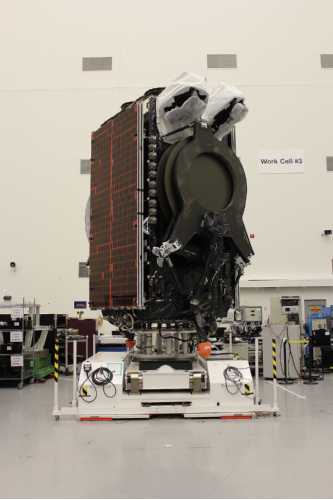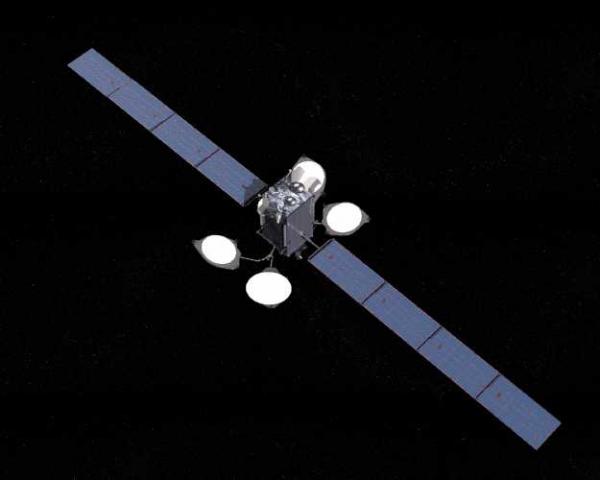EL SEGUNDO, Calif., May 18, 2017 – The Boeing [NYSE: BA] SES-15 satellite, launched today, will bolster connectivity for Wi-Fi and entertainment services on flights over North America, Mexico and Central America. It will also serve the government, enterprise and maritime sectors.
This 702-model satellite also demonstrates that using 3-D printed parts can improve affordability and production. More than 50 such metallic parts are on the vehicle in the primary structure.
“With its all-electric propulsion, and inclusion of 3-D printed hardware, SES-15 is a great example of how we can create efficient and cost-effective products rapidly for customers,” said Mark Spiwak, president, Boeing Satellite Systems International. “In fact, SES-15 was designed, built, tested and delivered to the launch site ahead of schedule.”
This is the fifth Boeing satellite to be deployed with a highly efficient all-electric propulsion system.
SES-15 has a hybrid payload, including additional Ku-band wide beams and Ku-band High Throughput Satellite (HTS) capability, with connectivity to gateways in Ka-band.
The U.S. Federal Aviation Administration’s (FAA's) safety efforts will also benefit from the satellite as SES-15 carries a Wide-Area Augmentation System (WAAS) hosted payload for the FAA.
SES has ordered 12 Boeing satellites since 1990, including SES-15. SES-15 is the operator’s first 702 all-electric satellite in its fleet.
For more information on Defense, Space & Security, visit www.boeing.com. Follow us on Twitter: @BoeingDefense.
###
Contact:
Joanna Climer
Network & Space Systems
Office: +1 310-364-7113
Mobile: +1 310-227-3534
joanna.e.climer@boeing.com
 USA
USA


